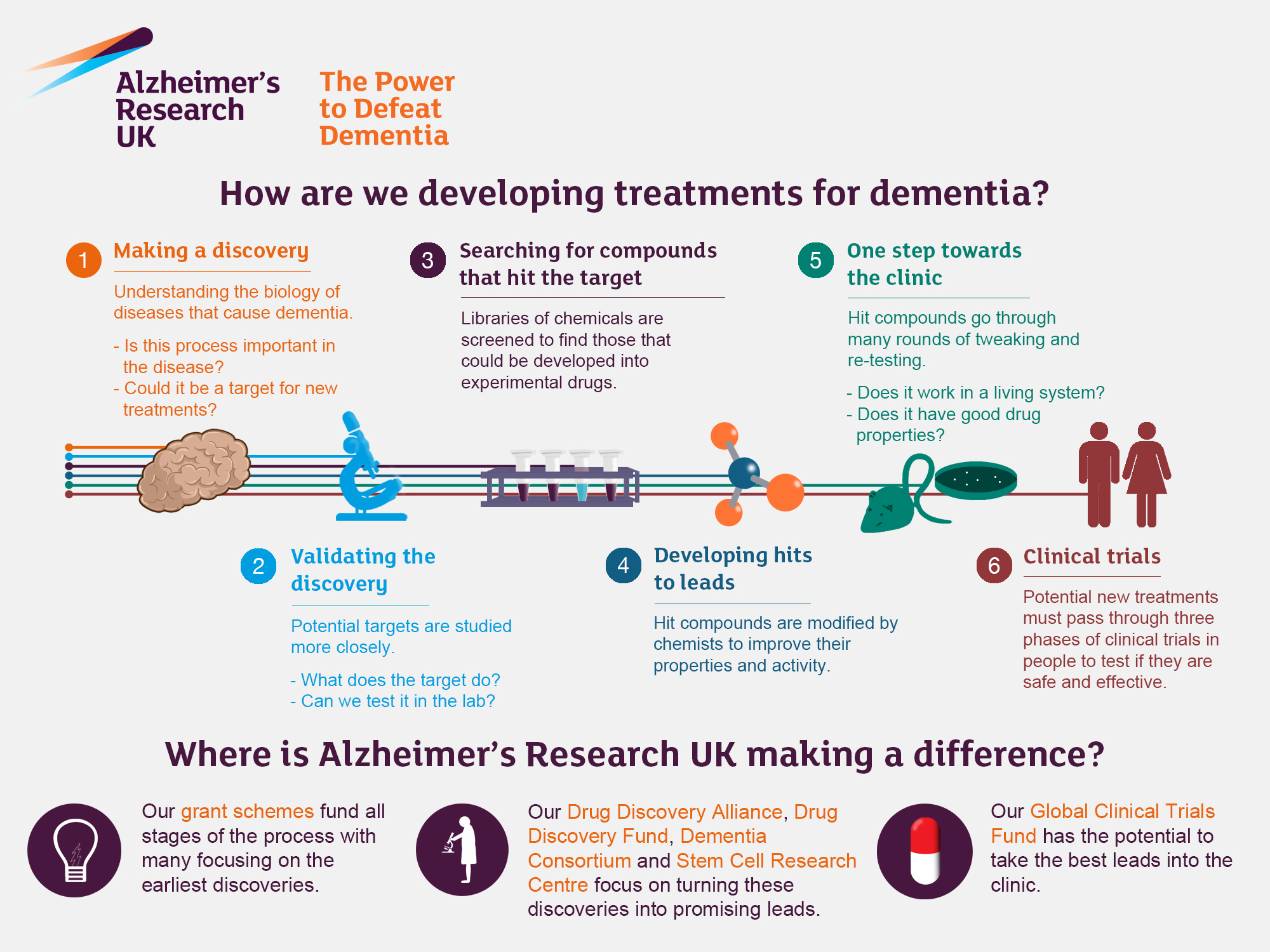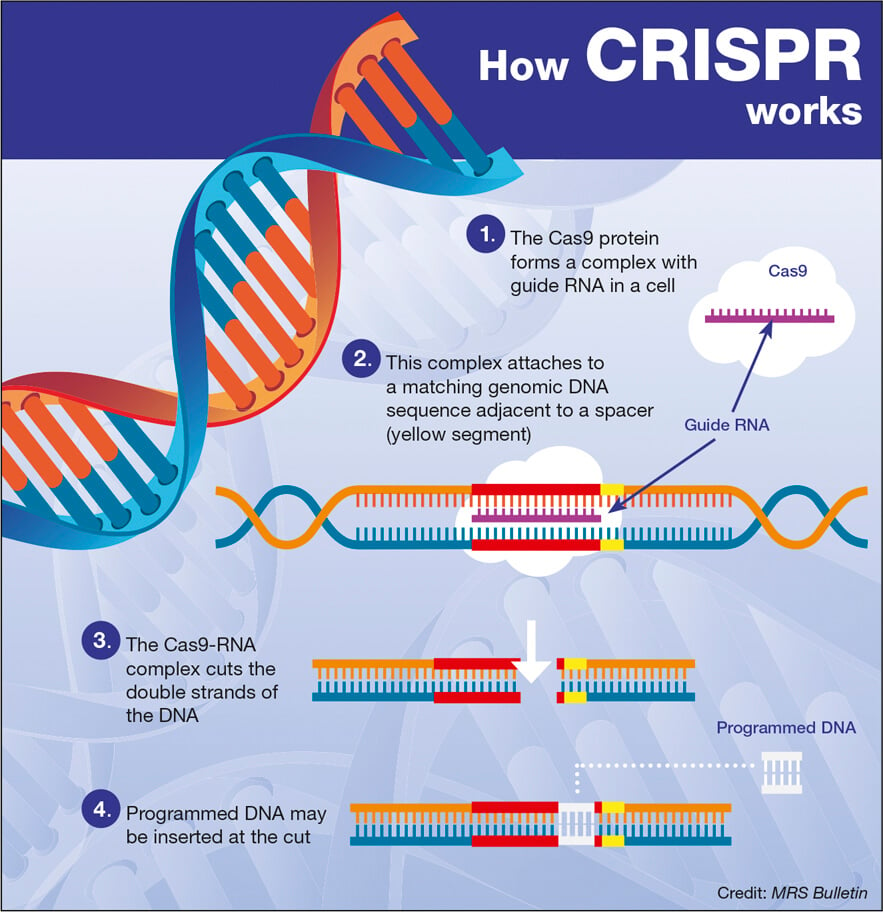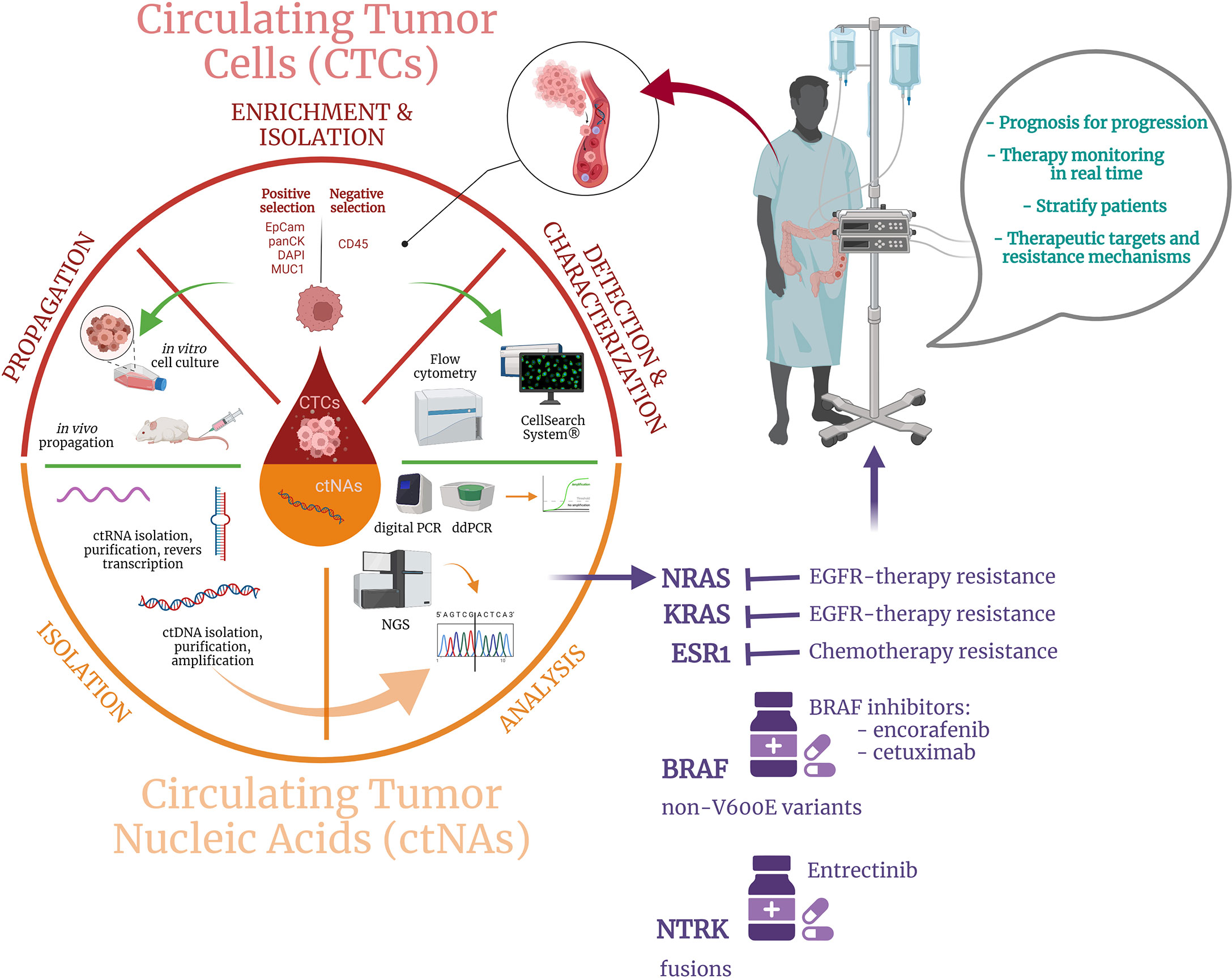Alzheimer’s research has taken a groundbreaking turn as scientists delve into the intricate role of microglial cells, the brain’s own immune guardians. Led by the talented neuroscientist Beth Stevens at Boston Children’s Hospital, this research not only reveals how these cells respond to injury but also uncovers their potential to exacerbate neurodegenerative diseases like Alzheimer’s. Through the Stevens Lab’s innovative studies, we learn that improper synaptic pruning by microglia could be a key factor in the development of Alzheimer’s and other conditions. This insight paves the way for pioneering medications and biomarkers focused on early detection of Alzheimer’s, a disease that currently affects approximately 7 million Americans and is expected to surge. With an aging population, the discussions sparked by this important research are crucial for the future of treatment and care.
Investigating Alzheimer’s disease involves understanding the cellular mechanisms behind memory loss and cognitive decline. Researchers are increasingly focusing on the immune-like microglial cells within the brain, which play a crucial role in maintaining neural health. The work being conducted at institutions such as Boston Children’s Hospital highlights how these cells can either protect the brain or contribute to disorders like Alzheimer’s, emphasizing the complexity of neurodegenerative diseases. By exploring the impacts of early detection and innovative therapeutic approaches, scientists aim to alter the course of conditions that affect millions. This research landscape invites a deeper examination of how immune responses in the brain could hold the key to breakthroughs in Alzheimer’s diagnosis and treatment.
Understanding Microglial Cells: The Brain’s Immune System
Microglial cells are crucial components of the brain’s immune defense, monitoring the neural environment for pathogens, cellular debris, and other signs of injury. These specialized glial cells respond dynamically to changes in the brain, actively managing inflammation and maintaining homeostasis. Their role extends beyond mere surveillance; they play a vital part in synaptic pruning, a process essential for neural circuit formation and maintenance. This pruning activity, although beneficial during neural development, can become maladaptive in conditions like Alzheimer’s disease, leading to synaptic loss and cognitive decline.
Recent studies, including significant contributions from Beth Stevens and her team at Boston Children’s Hospital, have highlighted how microglial dysfunction may be implicated in various neurodegenerative diseases. Through research, it has been established that abnormal microglial activity can lead to inappropriate pruning of synapses, directly influencing the progression of diseases such as Huntington’s and Alzheimer’s. Understanding the dual role of microglia — as protectors and potential culprits in neurodegeneration — is pivotal for developing targeted therapies.
Alzheimer’s Research: Paving the Way for Early Detection
The urgency of Alzheimer’s research cannot be overstated, especially given the disproportionate impact this disease has on the aging population. As the number of diagnosed cases continues to rise, evidenced by projections from the Alzheimer’s Association, researchers like Beth Stevens are focusing on biomarkers that could allow for earlier detection of the disease. Detecting Alzheimer’s at earlier stages could provide patients with access to more effective treatment options, potentially altering the trajectory of the illness before significant cognitive decline occurs.
Innovations in the understanding of microglial cells have presented novel opportunities for early intervention in Alzheimer’s disease. By identifying specific markers associated with microglial function, researchers hope to develop diagnostic tools that can detect alterations in brain activity indicative of the disease. These advancements not only promise to enhance patient outcomes but also aim to alleviate some of the burdens placed on the healthcare system as the number of Alzheimer’s cases rises.
The Future of Neurodegenerative Disease Treatments
As the landscape of Alzheimer’s research continues to evolve, the insights from foundational studies offer hope for innovative therapeutic strategies. Researchers are now synthesizing knowledge about microglial behavior and its impact on neurodegenerative progression to devise medications that can modulate these immune responses. The potential for developing drugs that can enhance microglial functioning opens a new avenue in treatment, aiming to restore balance in brain processes that are disrupted in Alzheimer’s.
One of the promising developments in this area is the focus on signaling pathways that govern microglial activity. By targeting these pathways, scientists hope to harness the protective capabilities of microglia while minimizing their harmful effects. This approach stands to transform the way neurodegenerative diseases are treated, paving the way for not only Alzheimer’s but other conditions that afflict millions globally.
Milestones in Microglial Research
Over the years, significant milestones in microglial research have illuminated the complex interactions between these cells and neurons. The pioneering work done by Beth Stevens and her team at Boston Children’s Hospital has laid a critical foundation, demonstrating how microglia contribute to both development and degeneration in the brain. These findings underscore the importance of continued investigation into the functions of microglia — as both protectors and potential disruptors — in understanding neurodegenerative diseases.
Furthermore, research that extends beyond the immediate context of Alzheimer’s has implications for a broader range of neurodegenerative disorders. For instance, insights from Stevens’s studies can influence how we view conditions like multiple sclerosis and amyotrophic lateral sclerosis (ALS). By exploring microglial mechanisms, scientists can uncover similarities and divergencies among various neurodegenerative pathways, enriching our overall strategy towards combating these conditions.
The Role of Curiosity-Driven Science in Discoveries
Curiosity-driven research has been a pillar of scientific advancement, particularly in the field of neuroscience, where unexpected results can lead to groundbreaking discoveries. Beth Stevens emphasizes the importance of foundational research, which may initially seem disconnected from practical applications. Her journey illustrates how pursuing knowledge out of sheer curiosity can yield profound insights into microglial functions and their implications for diseases like Alzheimer’s.
Such exploratory studies are crucial for the scientific community as they encourage innovative thinking and the exploration of new ideas. By fostering an environment where scientists are encouraged to ask questions and seek answers, we pave the way for unprecedented discoveries that can change the trajectory of disease treatment. As demonstrated by Stevens’s work, curiosity can drive progress in understanding the intricacies of the brain and developing effective therapeutic strategies.
Funding Support for Alzheimer’s Research
The trajectory of Alzheimer’s research has been significantly influenced by funding support from institutions like the National Institutes of Health (NIH). As highlighted by Beth Stevens, sustained financial backing enables researchers to explore complex biological questions without the constraints of immediate economic return. This support not only fuels scientific curiosity but also underwrites the longer-term projects necessary for understanding and treating neurodegenerative conditions.
In times when the demand for effective Alzheimer’s treatment is escalating, proactive investment in research becomes increasingly vital. Maintaining a robust funding ecosystem ensures that promising avenues in microglial research and other fields can be explored, ultimately leading to the development of novel therapies that could improve the lives of millions affected by Alzheimer’s and related diseases.
The Complexity of Synaptic Pruning in Neurodegeneration
Synaptic pruning is a fundamental process crucial for maintaining the balance of neuronal connections in the brain. While this process is typically beneficial during development, its dysregulation can lead to neurodegenerative diseases, including Alzheimer’s. Research led by Stevens indicates that impaired microglial activity can result in excessive or improper pruning of synapses, potentially leading to cognitive impairments associated with age-related diseases.
Understanding the nuances of synaptic pruning presents an opportunity to develop interventions that can restore normal microglial function. By carefully studying the molecular signaling involved in synaptic dynamics, researchers aim to devise strategies that can promote healthy brain aging, potentially preventing or delaying the onset of Alzheimer’s disease and other neurodegenerative conditions.
Innovations in Biomarker Development for Alzheimer’s
The identification of reliable biomarkers is crucial for the early detection and diagnosis of Alzheimer’s disease. Recent breakthroughs in research have underscored the role of microglial cells as pivotal players in disease progression, leading to the investigation of inflammatory markers as potential indicators of the disease. Biomarkers that reflect microglial activation status may enable clinicians to detect Alzheimer’s before overt symptoms manifest, thereby opening the door for early intervention.
Efforts are being made to standardize and validate these biomarkers to ensure their effectiveness across diverse populations. Early detection through these innovative biomarkers could significantly alter treatment landscapes, allowing for tailored therapeutic approaches that align with the unique pathophysiology of individual patients, ultimately improving outcomes for those at risk or in the early stages of Alzheimer’s.
Integrating Animal Models in Alzheimer’s Research
Animal models play a critical role in advancing our understanding of Alzheimer’s disease and testing new therapies. Research within the Stevens Lab often involves transgenic mice that exhibit Alzheimer-like pathology, allowing researchers to investigate the interplay between microglial activity and cognitive function in a controlled environment. The insights gleaned from these studies not only enhance our understanding of disease mechanisms but also inform potential therapeutic strategies.
Through these innovative animal models, scientists can simulate human disease characteristics, enabling the examination of microglial response to therapeutic interventions. Findings from such studies can guide clinical trials aimed at developing effective treatments for Alzheimer’s, emphasizing the essential link between basic research and real-world applications in combating neurodegenerative diseases.
Frequently Asked Questions
What role do microglial cells play in Alzheimer’s research?
Microglial cells are crucial to Alzheimer’s research as they function as the brain’s immune system, monitoring for illness and injury. In the context of Alzheimer’s disease, improper microglial activity, particularly their role in pruning synapses, can contribute to neurodegeneration and disease progression.
How does the research of Beth Stevens contribute to early detection of Alzheimer’s disease?
Beth Stevens’s research into microglial cells has led to the discovery of potential biomarkers for earlier detection of Alzheimer’s disease. By understanding how microglial cells respond to neuronal damage and disease, her studies aim to facilitate timely diagnoses, which is critical for effective treatment.
Why is the study of neurodegenerative diseases like Alzheimer’s important?
Understanding neurodegenerative diseases such as Alzheimer’s is vital because these conditions significantly affect the aging population. Ongoing research helps identify mechanisms, like the role of microglial cells in brain health, paving the way for innovative treatments and interventions that can improve quality of life for millions.
What implications does Beth Stevens’s research have for the treatment of neurodegenerative diseases?
Beth Stevens’s groundbreaking work on microglial cells enhances our understanding of neurodegenerative diseases, including Alzheimer’s. Her findings may lead to new therapeutic approaches and medications, potentially transforming the landscape of treatments available for patients suffering from these debilitating conditions.
What are the future prospects for Alzheimer’s research at Boston Children’s Hospital?
Alzheimer’s research at Boston Children’s Hospital, led by scientists like Beth Stevens, is likely to advance significantly. With continued federal funding and innovative studies focused on microglial cells, the potential for groundbreaking discoveries that could lead to early detection measures and novel treatments for Alzheimer’s disease is promising.
| Key Points | Details |
|---|---|
| Research Focus | Understanding microglial cells as the brain’s immune system. |
| Alzheimer’s Connection | Improper pruning by microglia linked to Alzheimer’s disease and other disorders. |
| Future Implications | Potential for new medications and biomarkers for earlier detection of Alzheimer’s. |
| Research Funding | Significant support from federal agencies, particularly the NIH. |
| Significant Findings | Research led to a deeper understanding of the immune system’s role in brain health. |
Summary
Alzheimer’s research is advancing rapidly thanks to transformative discoveries in understanding microglial cells. As scientists like Beth Stevens innovate and investigate the role of these immune cells in the brain, they uncover critical links to how diseases like Alzheimer’s develop. With federal backing and a commitment to curiosity-driven science, the groundwork laid today promises to unlock new treatments and detection methods that could significantly improve the lives of millions facing Alzheimer’s disease and other neurodegenerative conditions.









